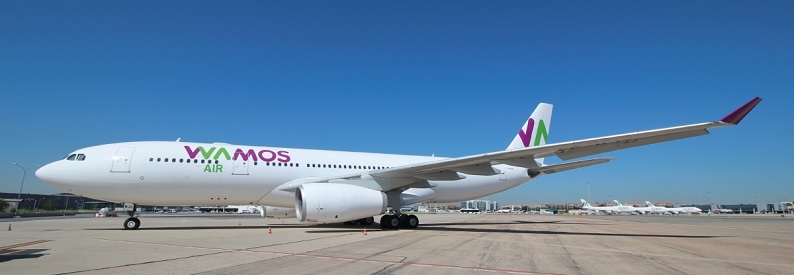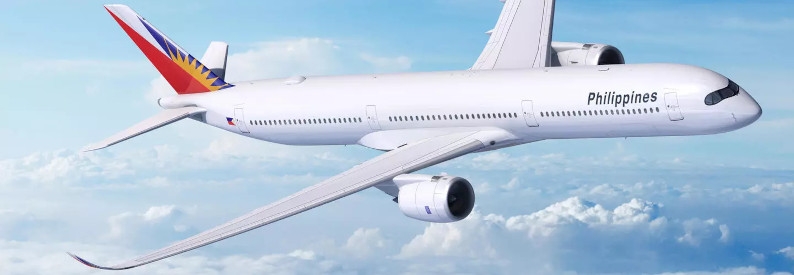PAL Holdings– the parent company of Philippine Airlines (PR, Manila Ninoy Aquino International) - is negotiating an additional USD100 million three-year term loan from international lenders to boost its capitalisation from PHP13.5 billion peso (USD261.1 million) to PHP30 billion (USD580.6 million), according to a market disclosure.
In answer to additional information requested by the Philippine Stock Exchange, PAL Holdings on February 23 disclosed it had a cash balance of USD391 million when it led Philippine Airlines out of Chapter 11 bankruptcy protection on December 31, 2021.
In addition to the USD100 million loan, PAL Holdings will:
- raise PHP10.2 billion (USD197.3 million) through a fresh infusion of cash from Buona Sorte Holdings Inc., the parent company of the PAL Holdings' controlling shareholder Trustmark Holdings;
- prepare a stock swap transaction with the new shareholders, former unsecured creditors who have agreed to a debt-to-equity swap. The details of the stock swap have not yet been finalised;
- As soon as the capital increase is approved by the US Securities Exchange Commission (SEC), PAL Holdings will apply to list the new shares issued in support of the capital increase;
- It will then proceed to file an application with the SEC for an equity restructuring, specifically to partially wipe out the deficit as of December 31, 2021. Details of the equity restructuring have not yet been finalised.
On completion of the capital restructuring, PAL Holdings will own 79.5% of Philippine Airlines. It expects to increase its ownership to 100% upon approval of its application to raise its capital to PHP30 billion when unsecured/impaired creditors currently holding 20.5% of the capital stock of Philippine Airlines shall exchange their shares for PAL Holdings shares. The financial health of PAL Holdings, therefore, relied on the financial condition of Philippine Airlines, the parent company said.
The financial restructuring was expected to substantially, if not entirely, wipe off Philippine Airlines' current deficit. In addition, "management sees a positive outlook with the return of traffic following the government's decision to suspend quarantine requirements on February 1 and the resumption of visitors to the Philippines from February 10 onwards," PAL Holdings said.
On emergence from Chapter 11 on January 1, 2022, the flag carrier had reduced its fleet by 20 aircraft and its financial liabilities by USD2.1 billion, it said. Returned aircraft represented about 30% of Philippine Airlines' passenger capacity, which coincided with reduced passenger demand during the pandemic and contributed to the reduced fleet cost. The combination of reduction in aircraft capacity, indebtedness, staffing levels, and other cost-cutting strategies had reduced the airline's monthly fixed costs by USD36 million a month, compared to 2019 fixed cost levels.







